- Shop
New to UCAN?
- About
- How to use ?
- Learn
- Contact us
Arch Support Shoes: How to Find the Right Pair to Conquer Your Next Race
By Generation UCAN — Last updated: 24 October 2025
Let’s be honest: if you want to keep training through a Melbourne winter or nail a Gold Coast marathon build without being benched by foot pain, picking the right arch support shoes is non-negotiable. In the first 100 words you need to know what to test, how to interpret results, and the practical shoe choices that will get you across the line without a detour to the physio.
- Do the two-minute wet test to identify arch type before you shop.
- Match arch type to shoe category (stability, neutral, or cushioned-neutral).
- Inspect midsole, heel counter and guide rails — press and twist the shoe in-store.
- Use supportive shoes with targeted fuelling: try UCAN Energy Gel 15–30 min before hard intervals.
Below you’ll find a coach-first breakdown: what to do, why it works, and exactly how to apply it in a week of training leading into Sydney, Melbourne or Ironman Cairns. No filler. Practical cues, Australian race context, and product mentions integrated where they genuinely help performance and recovery.
Contents
- 1 Why Arch Support Is Your Secret Weapon
- 2 Getting to Know Your Feet at Home
- 3 Decoding the Tech Inside a Supportive Shoe
- 4 Choosing the Right Shoe for Your Sport
- 5 Common Mistakes Athletes Make When Buying Shoes
- 6 The Bottom Line on Finding Your Perfect Fit
- 7 FAQs on Finding Good Arch Support Shoes
- 8 References
Why Arch Support Is Your Secret Weapon
What to do: Stop treating footwear like an afterthought. Start your shoe-buying session with a quick arch assessment, then pick two candidate models based on that result — one for daily miles and one for long runs or race day if your training demands differ.[1]
The Real Impact on Your Body
Why it works: Your arch acts as your body’s primary shock absorber and energy-return system. When it collapses (overpronation) or remains too rigid (supination), the kinetic chain is affected: greater loading on tibia, knee and even hip extensors. Over time, that altered loading produces injuries — shin splints, ITB irritation, patellofemoral pain and plantar fasciitis are common consequences.
How to apply: Practically, if you’re building to a marathon, assign your shoe types across sessions. E.g., weekdays: lighter neutral shoe for easy runs and track reps; weekend long run: more cushioned stability shoe if your wet-test indicated low arches. On race week, pick the pair that felt best on your final 30–35km long run in training.
Having the right support isn’t just a ‘nice-to-have’—it’s a game-changer. A stable base converts training stress into forward progress, not injuries.
This infographic below summarises how arch support translates to stability and performance — keep it handy when you’re in the shop.
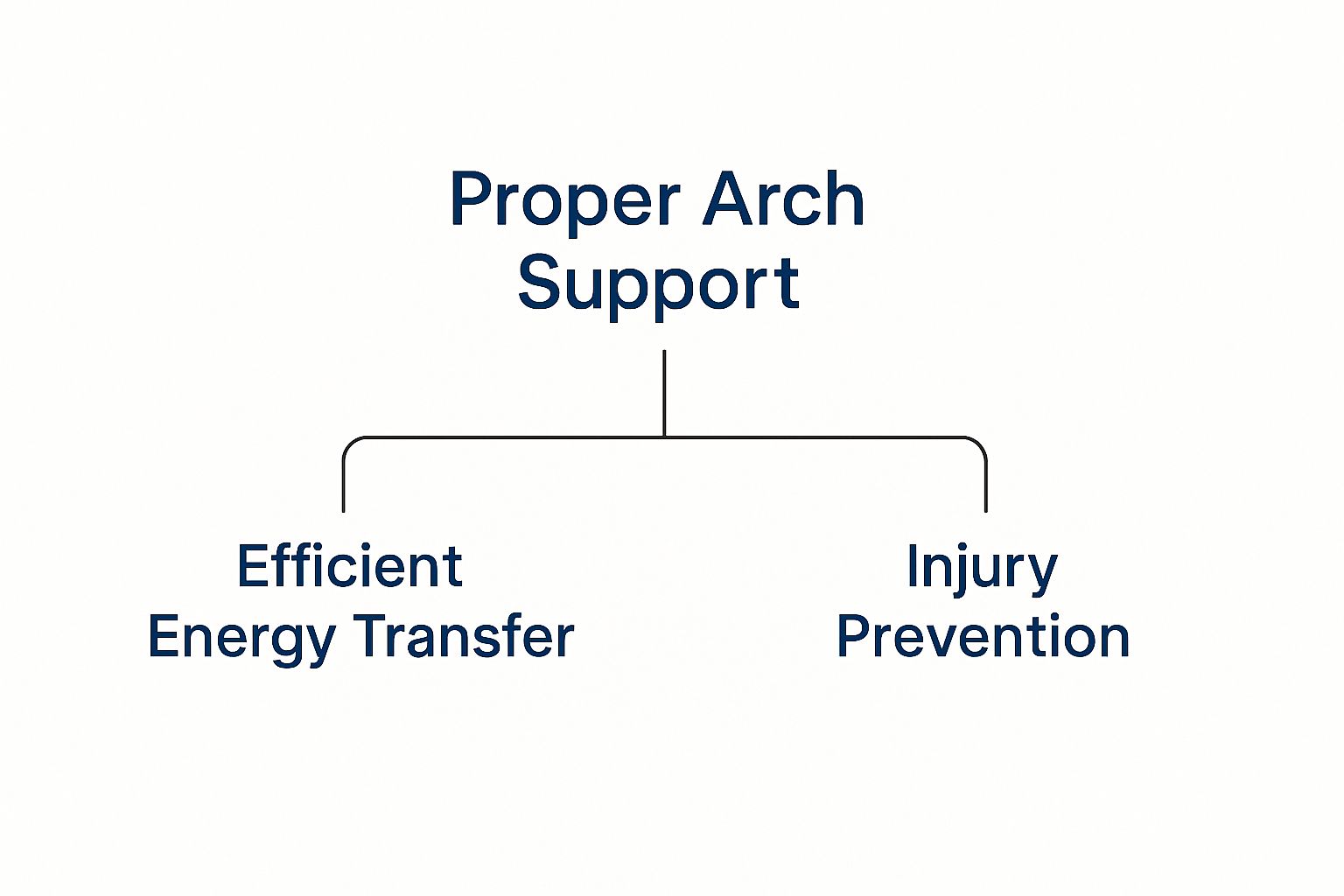
Market context: Australian endurance athletes are increasingly investing in purpose-built footwear and orthotics as part of performance and longevity plans — a trend driven by growing awareness of biomechanics in training programs.[2]
Getting to Know Your Feet at Home
What to do: Before you hit the store, perform the two-minute wet test and record the result. This will narrow your options to stability, neutral, or cushioned-neutral shoes — saving you time and money.
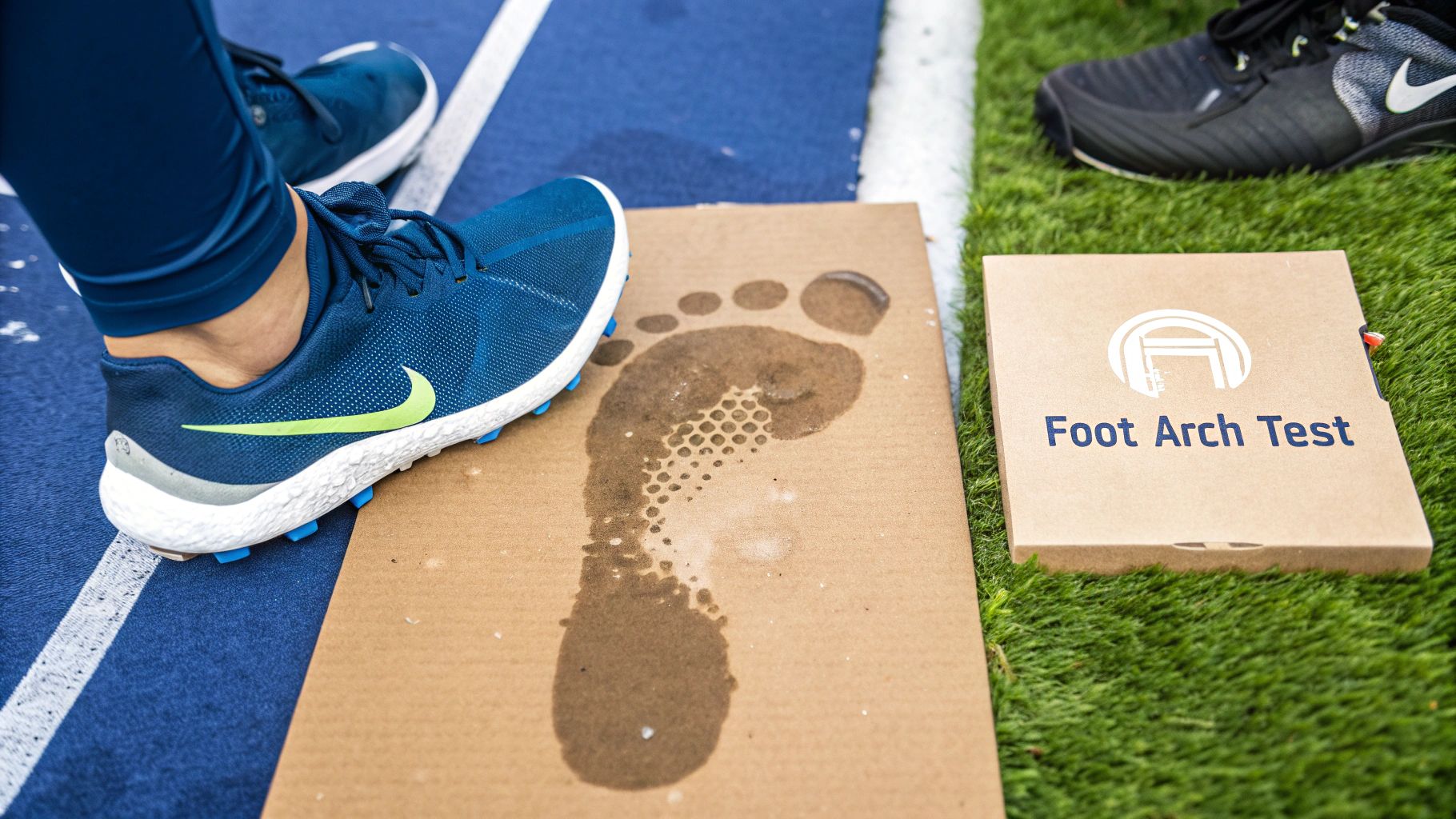
The Two-Minute Wet Test
- Wet the sole of one foot and step onto cardboard or a dark towel.
- Examine the footprint: full, curved, or thin line between heel and forefoot.
- Use the result to filter shoe types before trying models in-store.
How to apply: Repeat the test after a long run if you’re uncertain — fatigue can change how your arch behaves. Log the footprint in your training notes (simple photo on your phone) to compare across seasons.
What Your Footprint Means
- Flat Arch (Overpronation) — Common issues: shin splints, medial knee pain. Recommended shoe: Stability or Motion Control. What to do in training: include single-leg strength work (3×8 single-leg Romanian deadlifts) and use stability shoes for runs >12km when fatigue amplifies pronation.
- Neutral Arch — Common issues: generally fewer. Recommended shoe: Neutral or mild stability. What to do: balance cushion vs responsiveness — keep a lighter neutral for intervals and a cushioned-neutral for long runs.
- High Arch (Underpronation/Supination) — Common issues: plantar fasciitis, stress fractures. Recommended shoe: Neutral with ample cushioning and a resilient midsole to disperse impact forces. What to do: add calf and foot intrinsic strength sessions (toe-curls, resisted dorsiflexion) and prioritise cushioned footwear on hard surfaces.
Remember: this is a practical self-assessment, not a medical diagnosis. Use it to make smarter in-store choices and to guide conversations with a podiatrist if pain persists.
Matching Your Arch Type to Shoe Support
This table collapses the decision-making into a format you can use when shopping.
| Arch Type | Common Running Issue | Recommended Shoe Category |
|---|---|---|
| Flat Arch | Overpronation (foot rolls inward excessively) | Stability or Motion Control shoes — firmer medial midsole. |
| Neutral Arch | Efficient shock absorption | Neutral or mild Stability — balanced cushioning |
| High Arch | Underpronation (foot doesn’t roll in enough) | Neutral shoes with ample cushioning and resilient foam. |
Decoding the Tech Inside a Supportive Shoe
What to do: In the shop, press the midsole, squeeze the heel counter, and twist the forefoot. If the midsole quickly rebounds and the heel counter holds its shape, the shoe is likely to provide durable support for your training load.
The Midsole: The Engine Room
Why it works: The midsole determines how impact is absorbed and translated into forward drive. Materials like EVA (ethylene vinyl acetate) provide light cushioning; TPU (thermoplastic polyurethane) adds durability and responsiveness. Dual-density midsole designs (softer foam elsewhere, firmer medial post inside) are common in stability shoes to manage overpronation while preserving comfort.
How to apply: For long weekly kilometres (100km+), prioritise midsole durability — look for firmer foam blends or thermoplastic elements that keep their shape under repeated loading. For interval-focused blocks, favour responsive midsoles that return energy for quicker turnover.
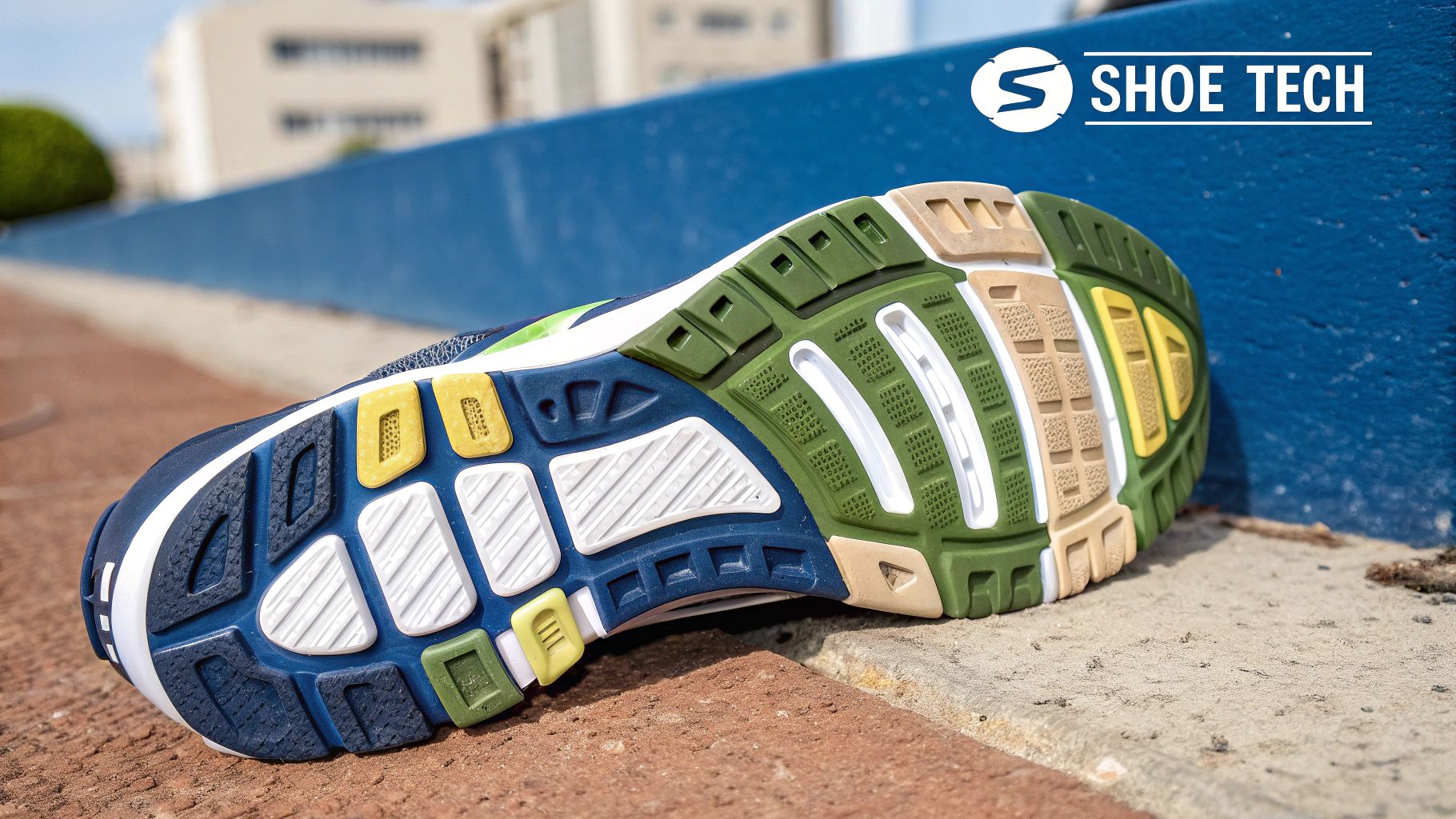
Key Stability Features to Look For
- Heel Counter: locks heel in place — essential for fewer slippage issues and better repeatable positioning in long races.
- Guide Rails: modern alternative to medial posts — they steer the foot gently instead of forcing correction, useful for runners who want assistance without aggressive control.
- Shank: adds torsional rigidity — prevents the shoe twisting on uneven terrain and protects arch integrity under heavy loads.
How to apply: Try a heel-drop test—if the counter holds the heel stable when you stand on one leg it’s likely supportive enough for race-day where consistency matters. If you still need more control, consider aftermarket insoles matched to your midsole depth rather than instantly jumping to a motion control shoe.
Product note (practical fuelling integration): Before a long threshold set where you need steady power, try UCAN Energy Gel 15–30 minutes pre-effort to keep blood glucose stable without the crash that can worsen perceived effort when your feet start to ache.
Choosing the Right Shoe for Your Sport
Let’s be blunt: one shoe won’t cover every purpose. Pick by session and surface. Below are sport-specific prescriptions that include the three-layer test: What to do, Why it works, How to apply.
Road Warriors: The Marathon and Half Marathon Crowd
What to do: Use a cushioned stability shoe for long runs, and a lighter neutral trainer for speed sessions. On the weekend long (30–35km) mimic race conditions in your chosen long-run shoe at least twice in the final 8 weeks before race day.
Why it works: The stability shoe reduces excessive pronation under fatigue and the cushioning reduces impact-related tissue breakdown across repeated kilometres. Using a lighter neutral shoe for reps preserves turnover and neuromuscular speed for intervals.
How to apply: Example microcycle before a marathon: Mon easy (10–12km, easy, cushioned), Tue intervals (8×800m at 5k pace in neutral trainer), Thu tempo (8–10km at marathon pace in neutral/cushioned mix), Sun long (32km in stability/cushioned shoe). Use UCAN Energy + Protein after long runs for a simple 3:1 carb:protein recovery shake — replace glycogen and aid muscle protein synthesis without a heavy stomach.
Trail Runners: Tackling the Terrain
What to do: Pick a trail shoe with torsional rigidity and a protective rock plate for runs >20km on technical terrain. Test torsional twist in the shop: if it resists twisting but still flexes at the toes you’re on the right track.
Why it works: Trail demands lateral stability and puncture protection in addition to arch support. A shoe that twists easily increases ankle-rolling risk when running laterally on ruts and roots.
How to apply: For ultra-trail weeks, rotate between your trail shoe for long technical days and a cushioned road shoe on recovery days to limit compound wear. For nutrition, pair UCAN gels with electrolytes during long races in humid conditions (e.g. Blue Mountains summer weekends) to maintain steady fuel and hydration.
Triathletes: The Unique Transition Challenge
What to do: Use shoes with heel loops, elastic laces and a forgiving toe box. Practice transitions with the shoes you intend to race in, at least five full-run rehearsals after bike sessions in the final 6 weeks.
Why it works: Triathlon-run fatigue is unique — legs are oxygen-starved and coordination is reduced. A shoe that is easy to don and maintains consistent foot position reduces transition losses and blister risk.
How to apply: In training, complete brick sessions (e.g., 40km bike at race effort + 6–10km run) wearing your chosen race shoe and elastic laces. Tweak insole thickness if necessary but avoid new shoes on race day. Always practice fuelling in bricks — UCAN Energy Gel 10–15 minutes pre-run off the bike is frequently effective at keeping steady power through the first 20–30 minutes of the run.
Common Mistakes Athletes Make When Buying Shoes
Watch these mistakes like you watch pace — they’ll cost you kilometres.
The Rookie Errors You Need to Dodge
- Shopping in the morning: Feet swell across the day. Always fit in the afternoon after a short run if possible.
- Assuming size is universal: Try both shoes with the socks you run in — brand lasts differ. If you train sockless, try sockless in the shop.
Blind brand loyalty is a trap — foams, geometry, and fit change year to year. Always re-test before you buy a new model version.
The Biggest Mistake of All
What to do: Don’t auto-buy the same model forever. Reassess annually or when your training focus changes (e.g., switching from marathon to ultra).
Why it works: Your biomechanics and training load evolve. A shoe that’s perfect during a 5k-focused season may not provide the protection required for a 100km ultra.
How to apply: Book a gait analysis at a specialist running store when you notice new pains, or when transitioning training blocks. Use gait data to choose stability level and test shoes over a short run (10–12 minutes) on a treadmill or outside where possible.
The Bottom Line on Finding Your Perfect Fit
We’ve covered tests, tech and sport-specific prescriptions — now tie it into practice. Build a shoe plan: which pair for intervals, which for long runs, and which is the back-up for race day. Re-evaluate every 6–12 months or after a block change. If pain persists, don’t double down — see a podiatrist.
Final practical checklist before you buy in-store:
- Do the wet test and bring the result on your phone.
- Try shoes with your race socks and any orthotic you plan to use.
- Press the midsole, squeeze the heel counter and twist — note rebound and rigidity.
- Do a short run if the store allows it — comfort under simulated fatigue is revealing.
If you use UCAN products, integrate them into the sessions described above. For example, take UCAN Energy Gel before long tempo runs and UCAN Energy + Protein for recovery after long efforts to support glycogen repletion and muscle repair.
FAQs on Finding Good Arch Support Shoes
How often should I replace my running shoes for optimal support?
Replace when performance and feel change — typically 600–800km for many runners, less if you’re heavier or training on abrasive surfaces. Inspect the midsole for creasing and the outsole for excessive wear; if new pains appear after runs, it’s a strong signal to replace them.[3]
Can the right shoes actually fix my plantar fasciitis?
They are a critical element of treatment because they reduce strain on the plantar fascia, but they rarely fix it alone. A combined approach of supportive footwear, stretching (calf and plantar fascia), progressive loading and medical input when required gives the best outcomes.
Do I need custom orthotics if I buy supportive shoes?
Not always. Try a well-chosen stability or cushioned-neutral model first. If pain continues despite correct footwear and strengthening, consult a podiatrist for assessment and consider a custom orthotic targeted to your biomechanics.
References
[1] Sports Medicine reviews and consensus on footwear and injury prevention. (Review summaries and clinical guidelines)
[2] Market reports and national industry data on athletic footwear & orthopaedic footwear growth (industry analyses 2023–2024).
[3] Systematic reviews on shoe lifespan and injury risk — consult peer-reviewed journals such as British Journal of Sports Medicine and Clinical Biomechanics for in-depth studies.

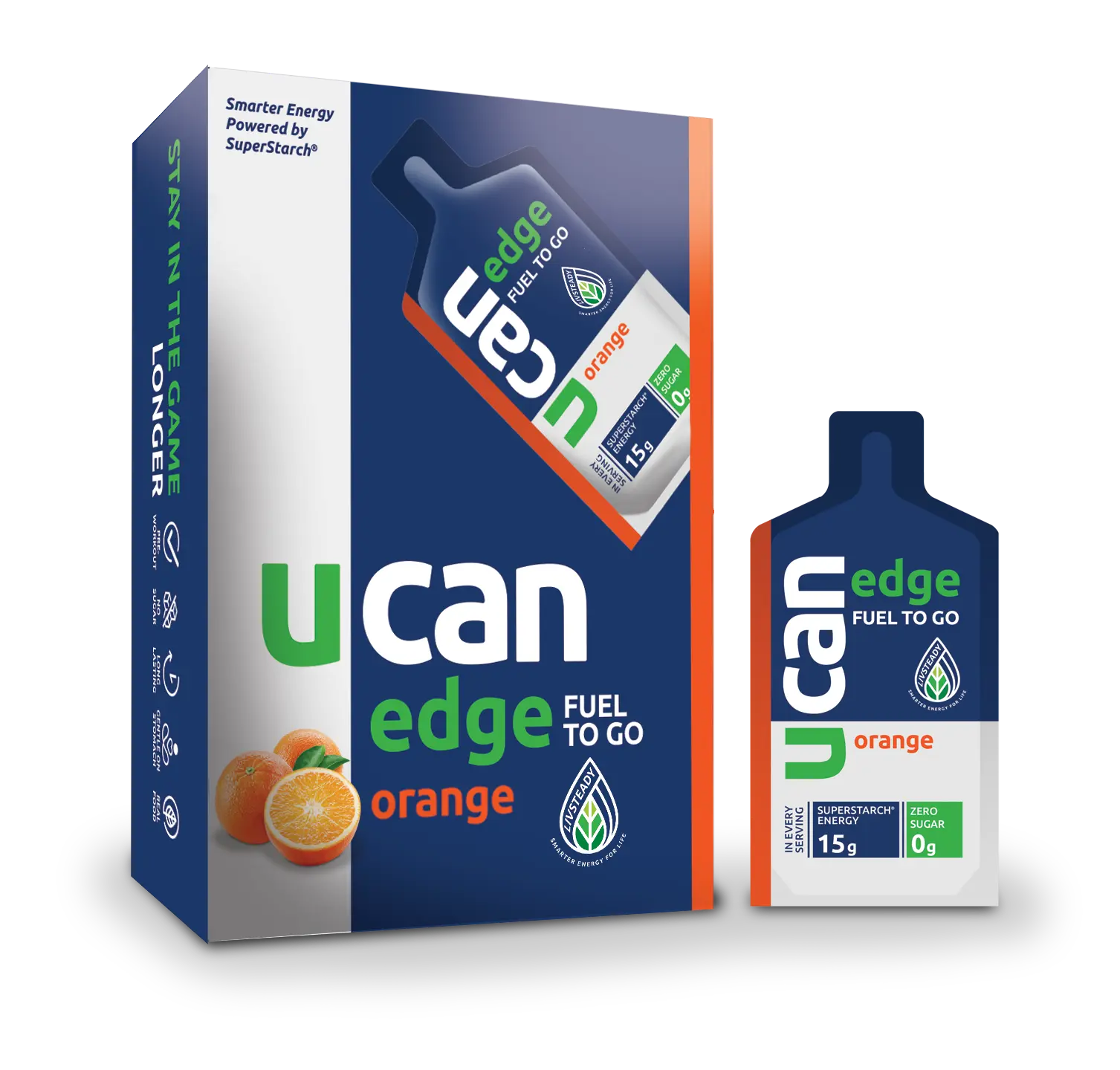
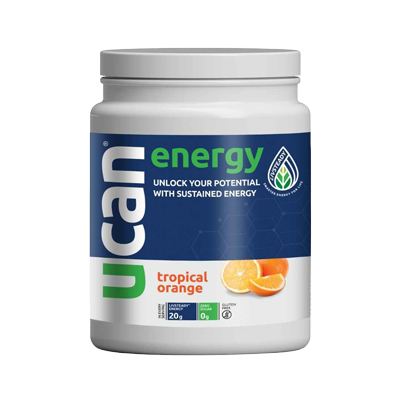
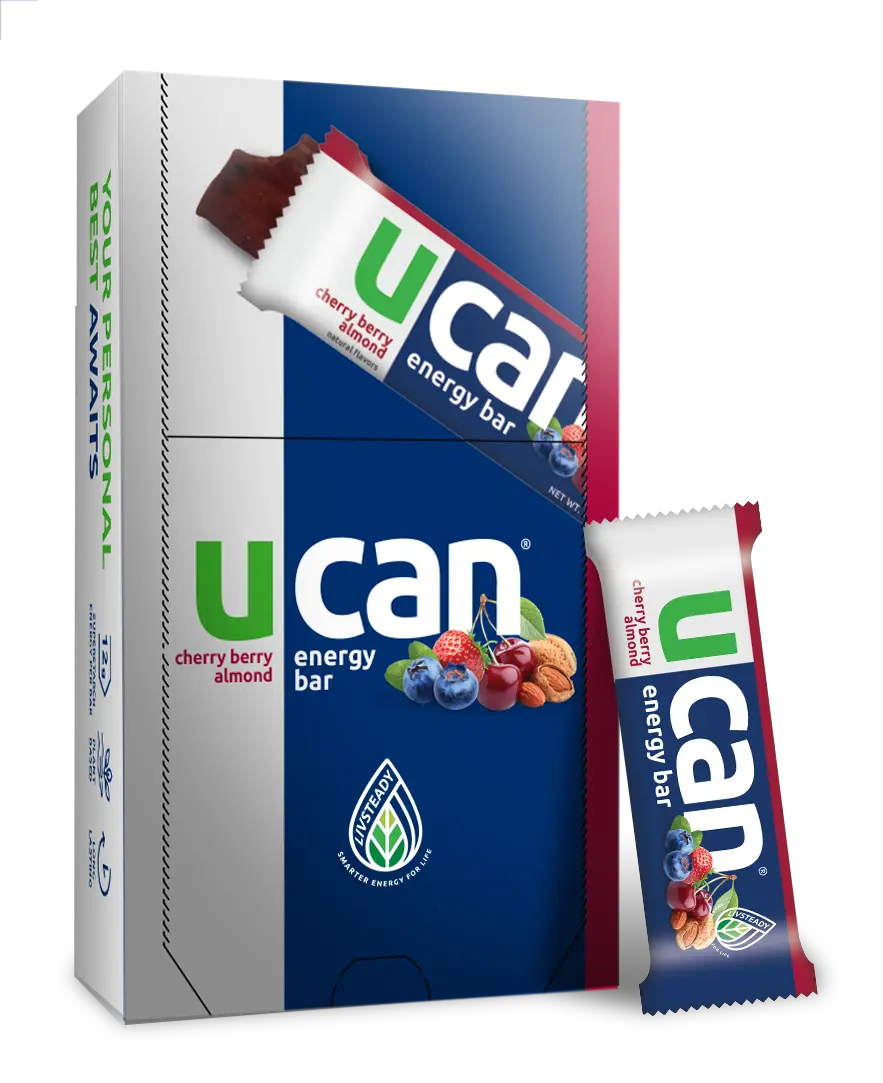
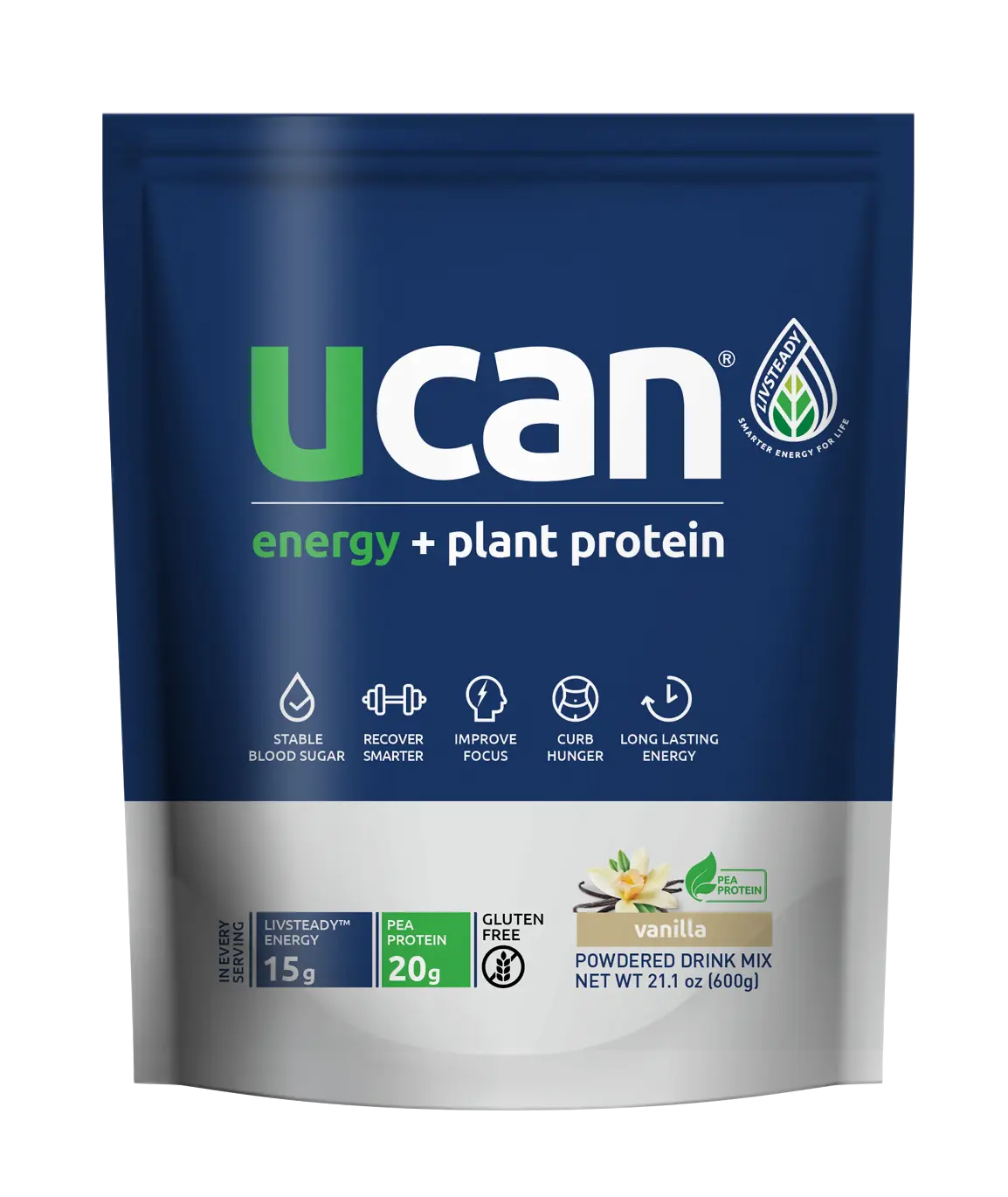
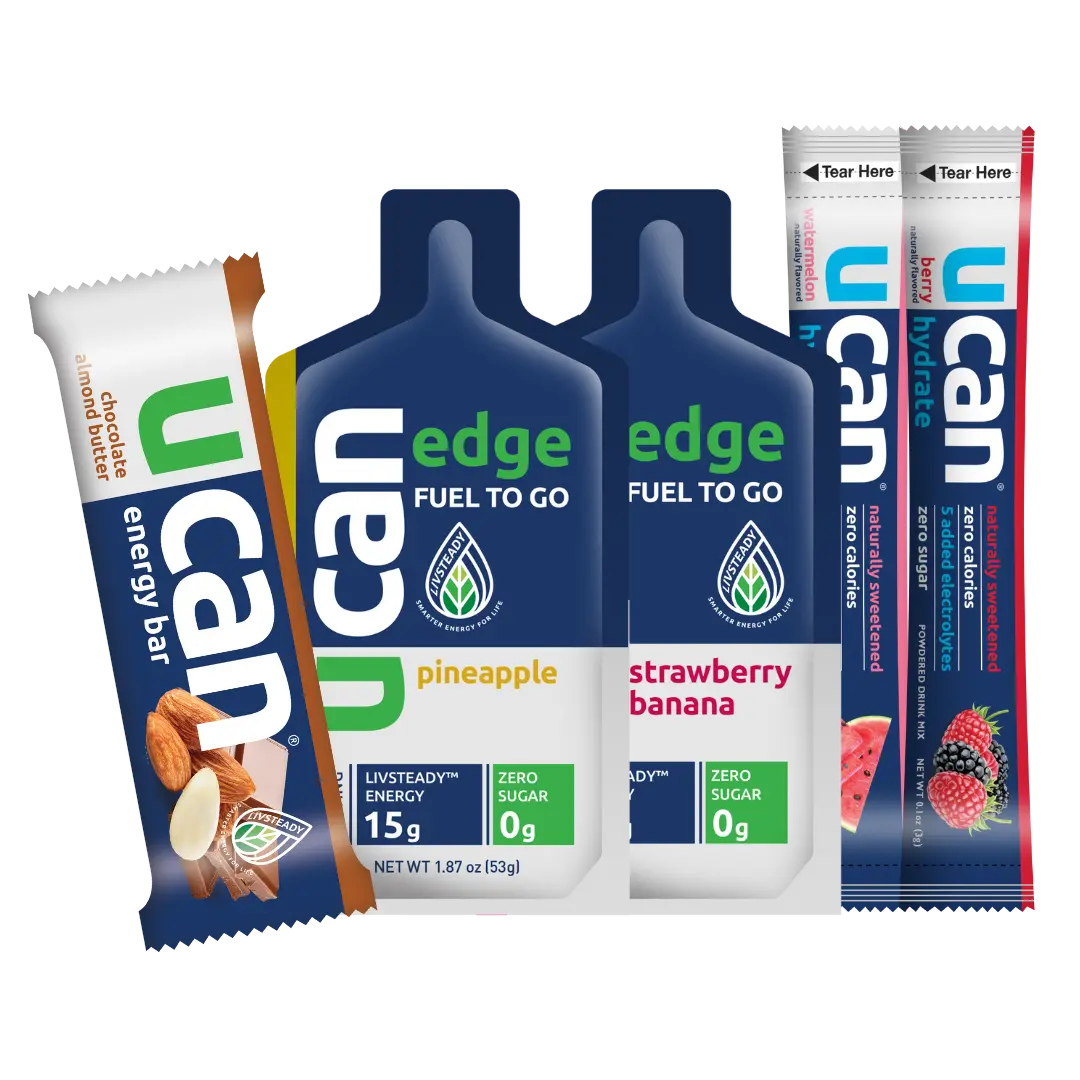
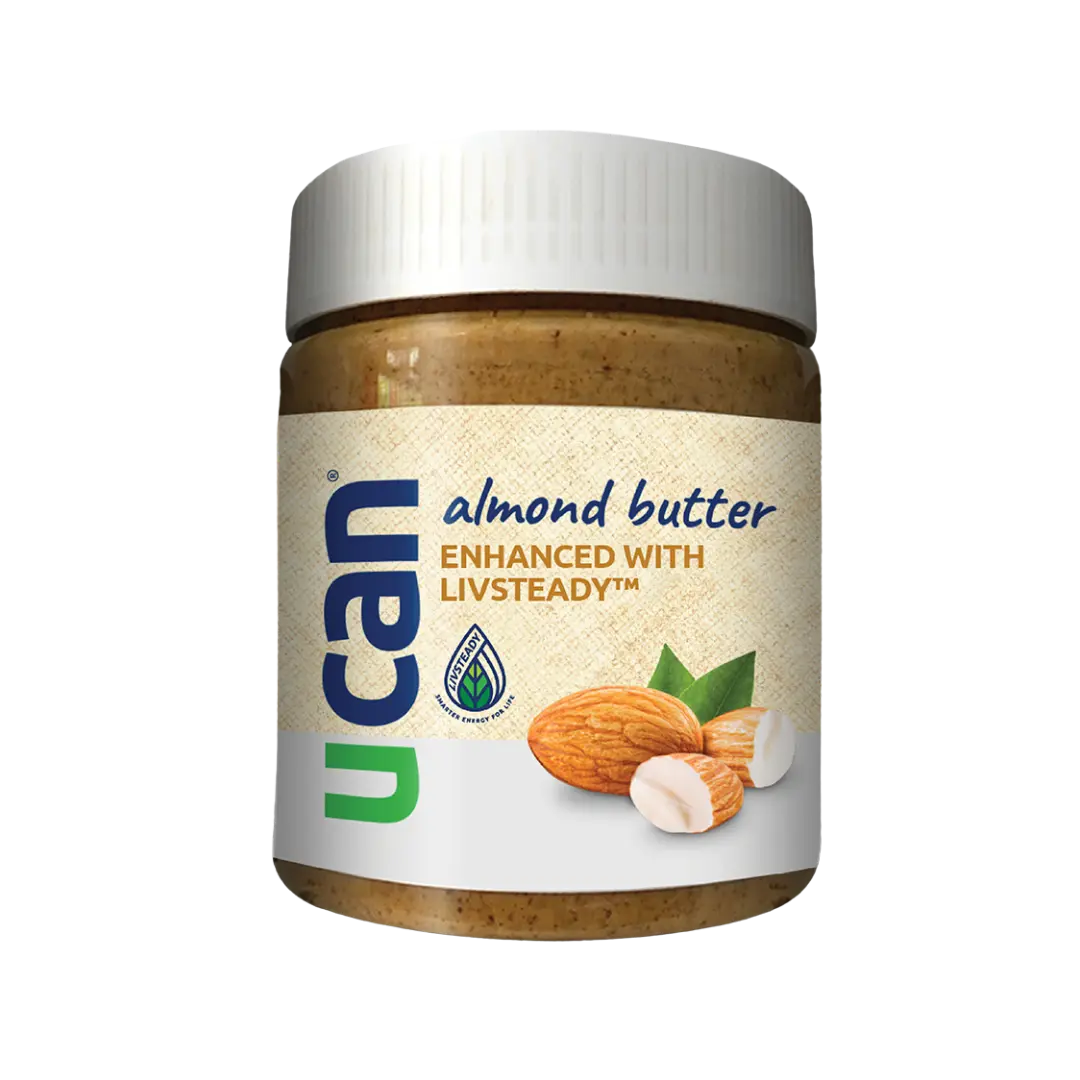
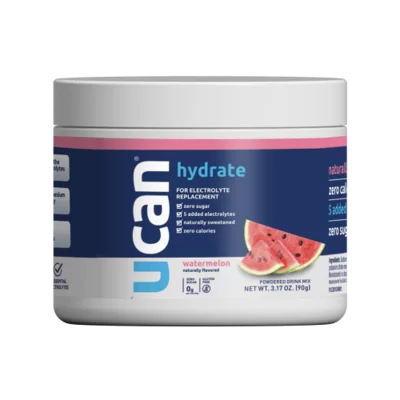

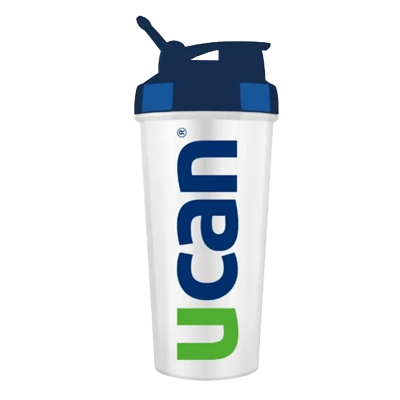
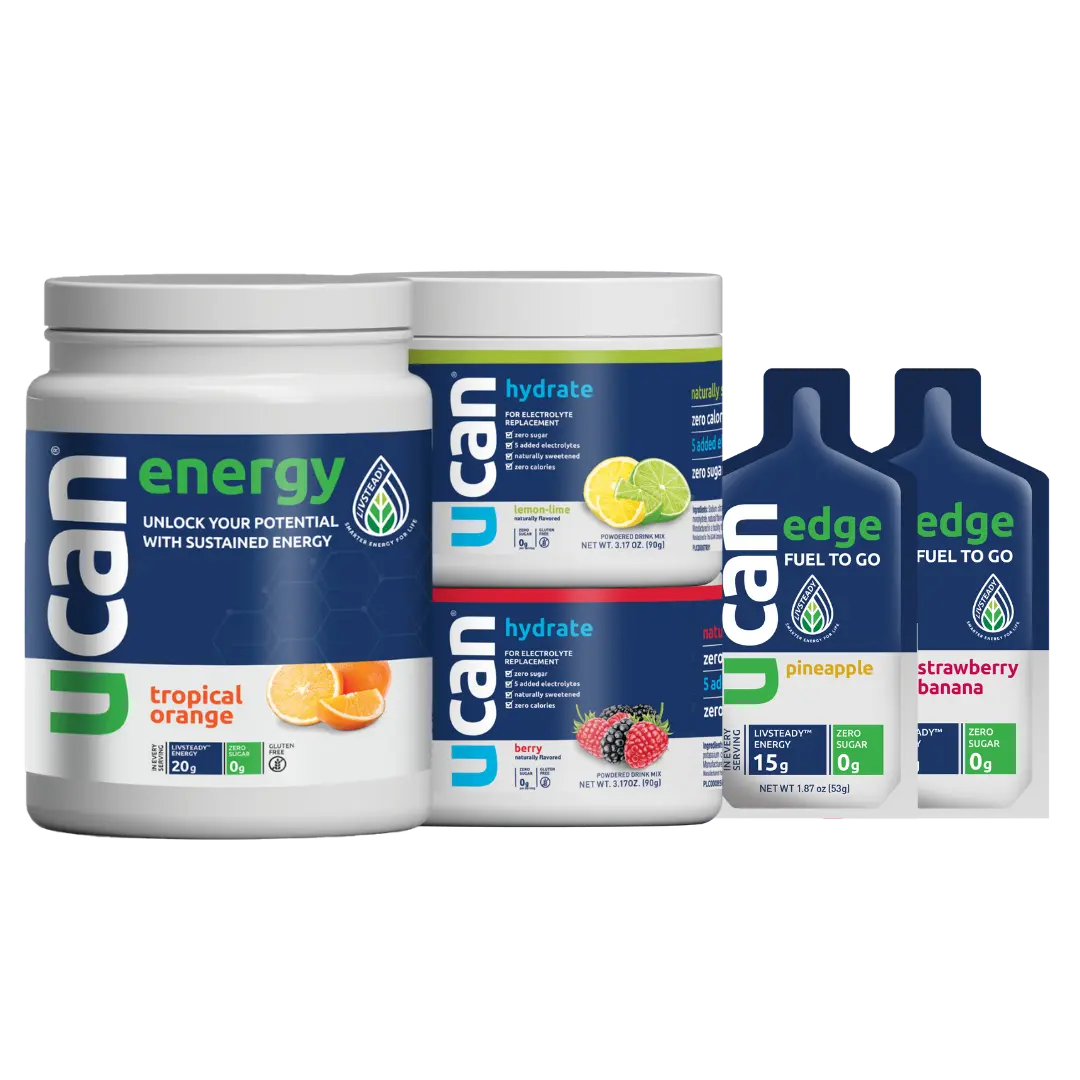
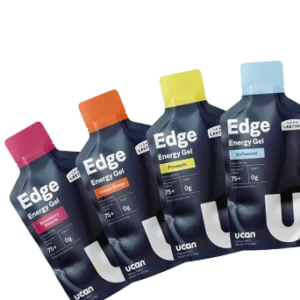





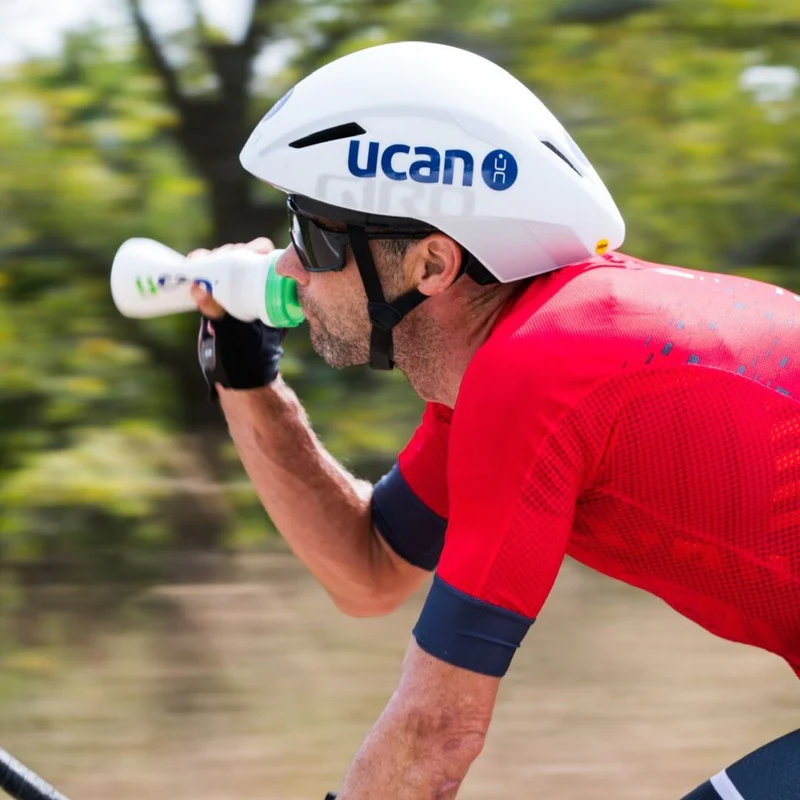








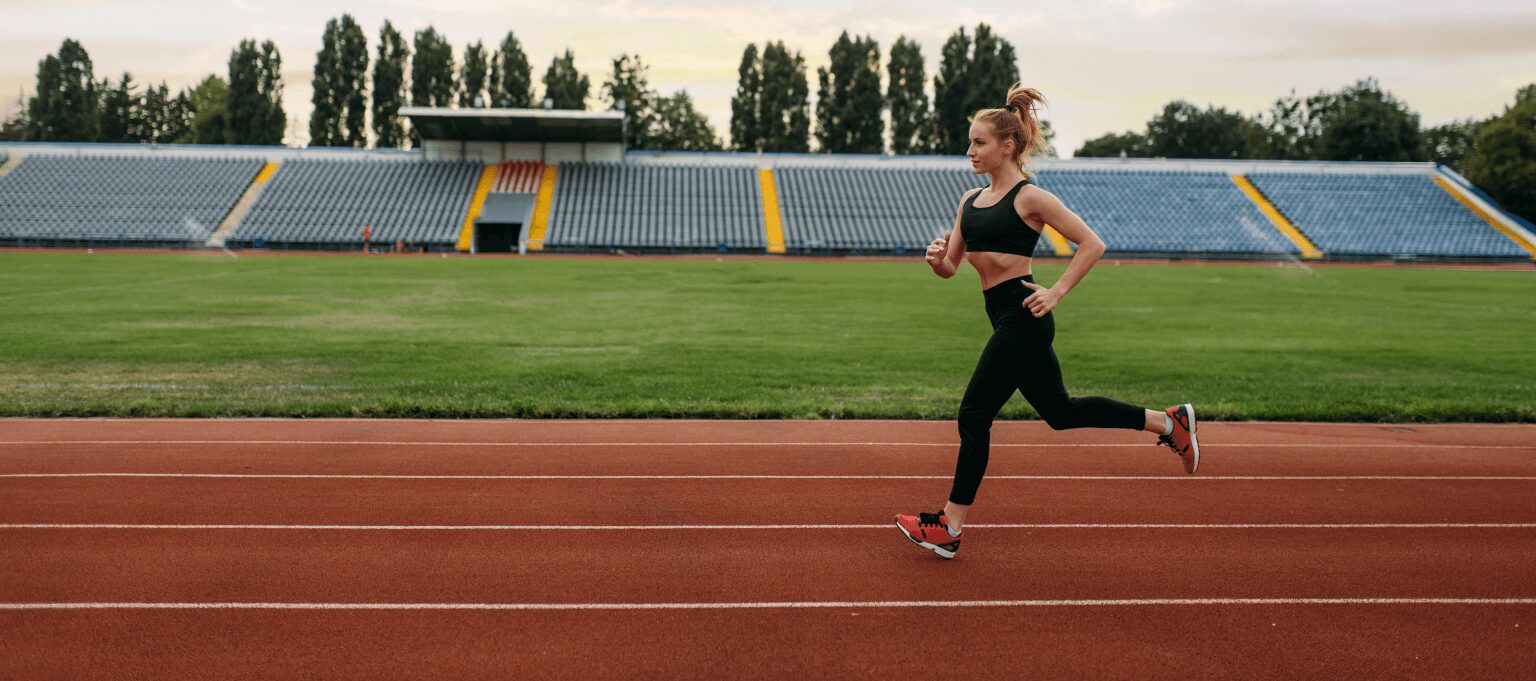
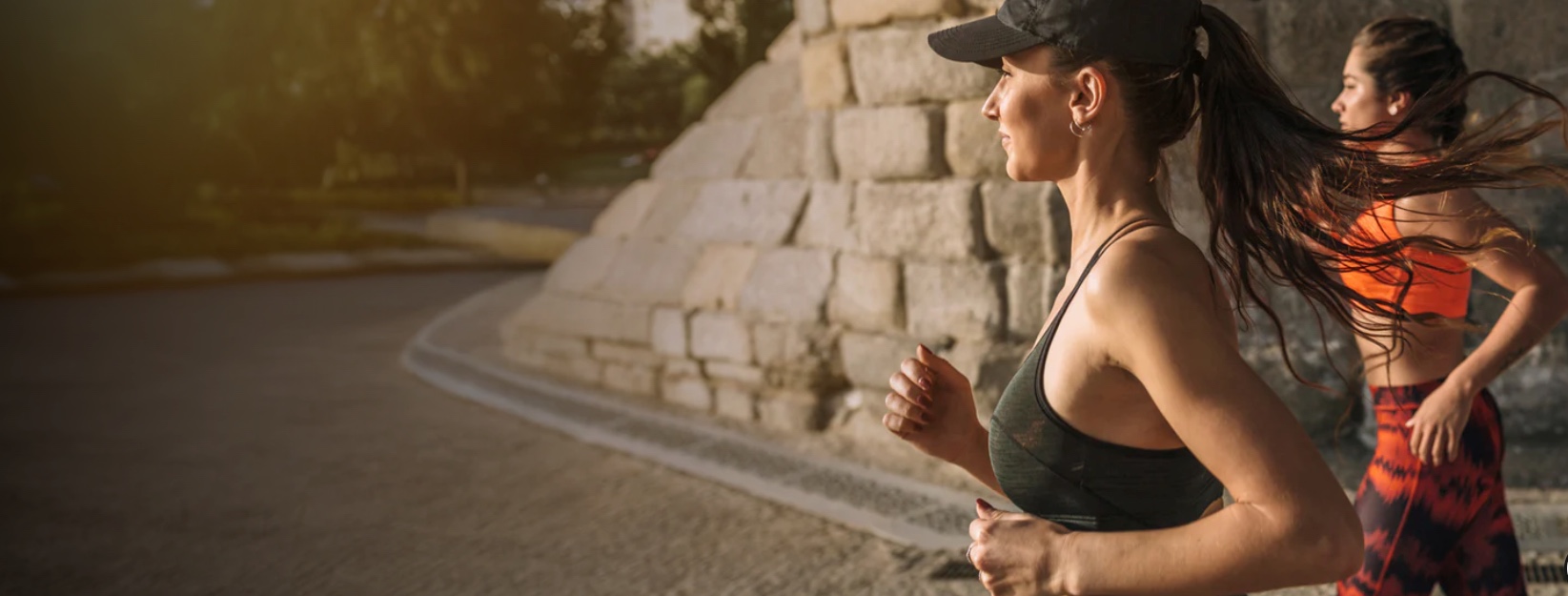
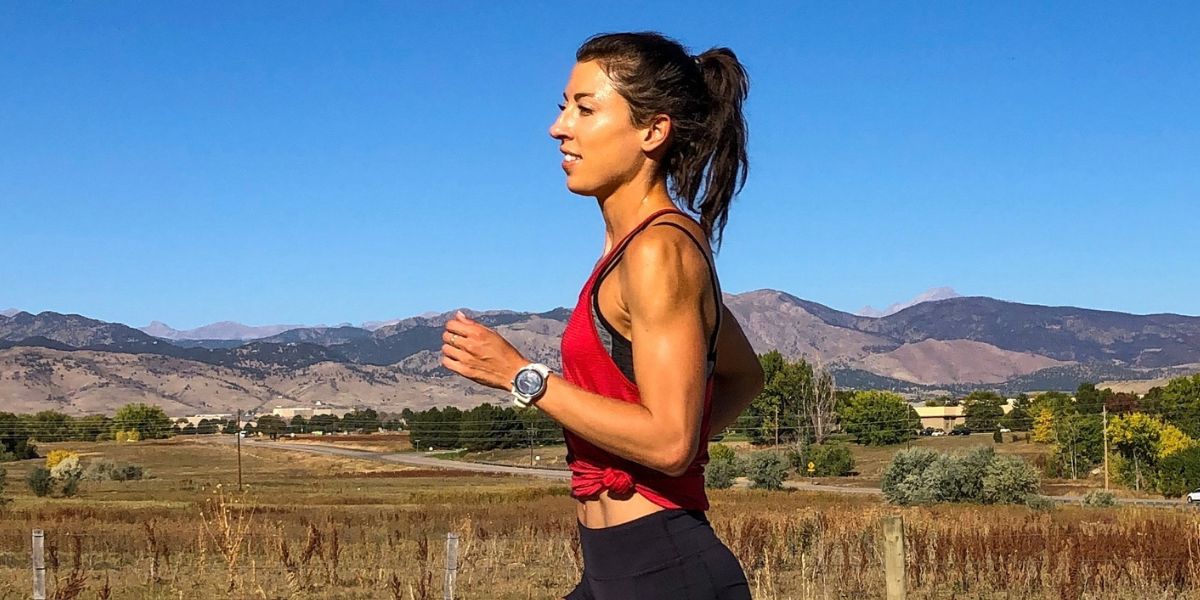







Comments are closed